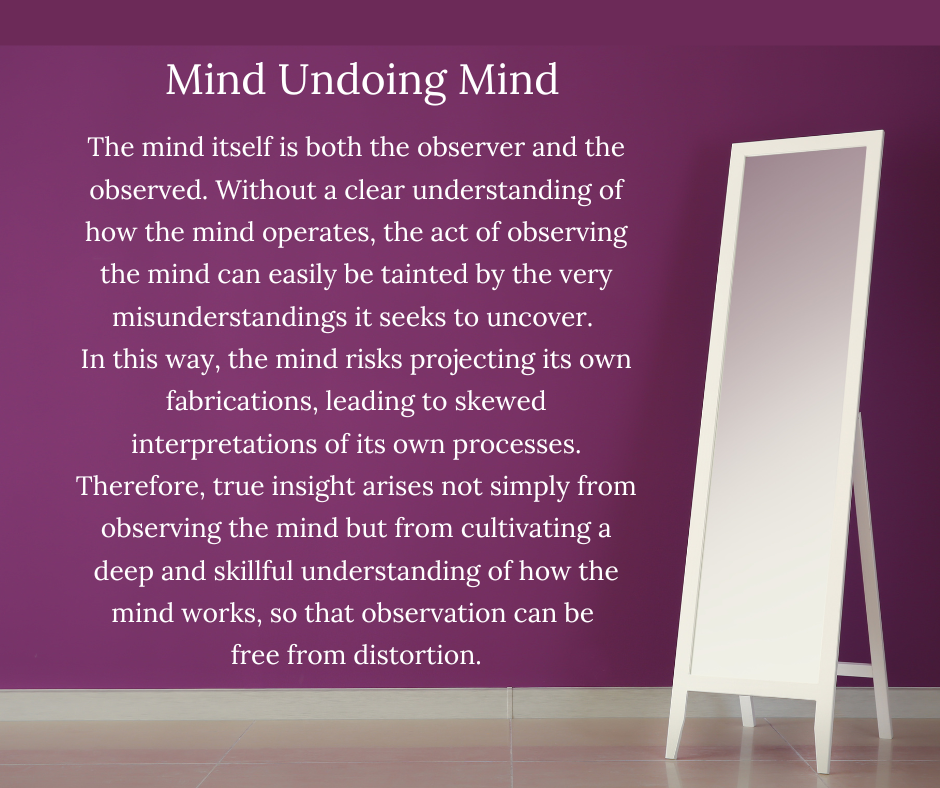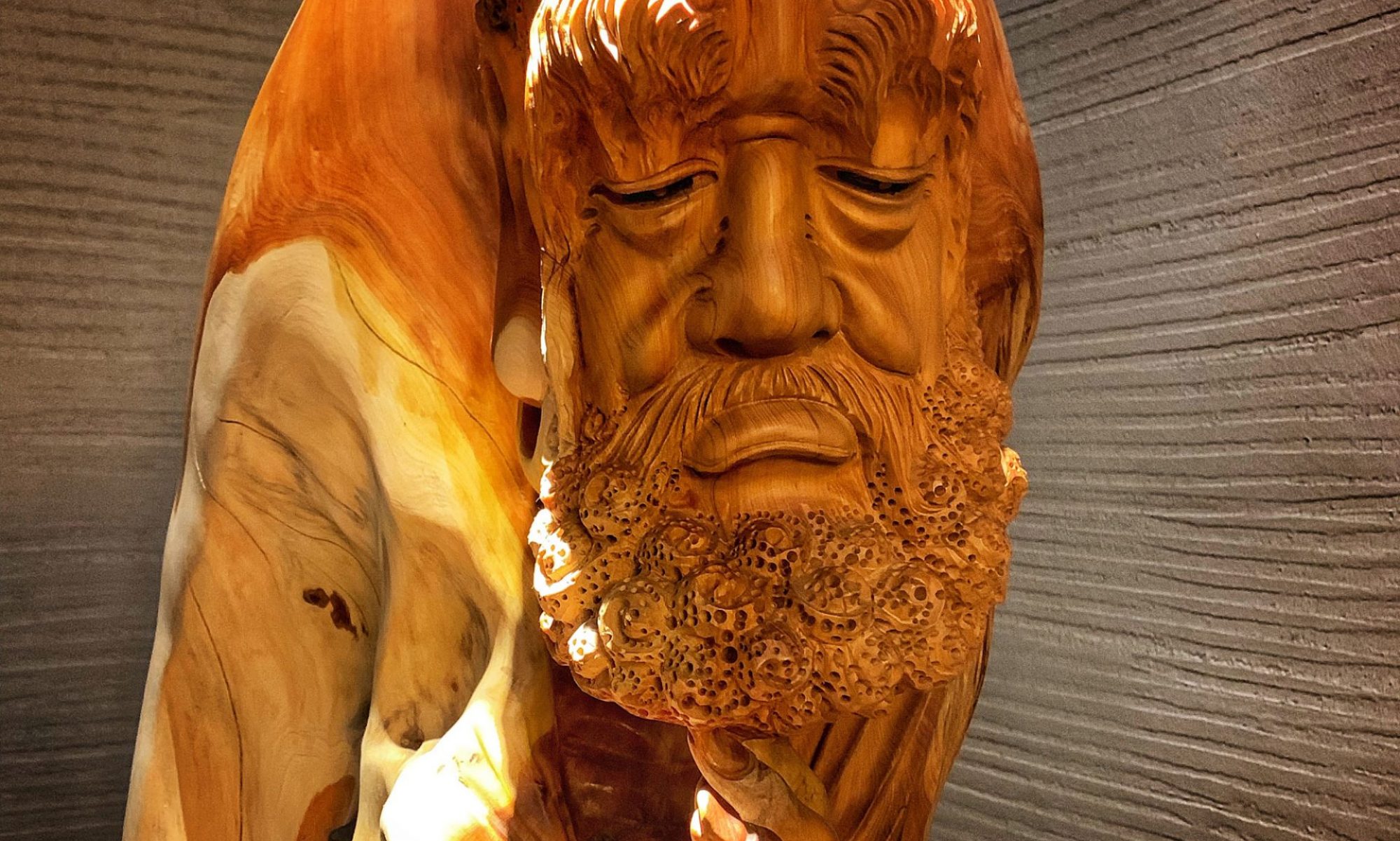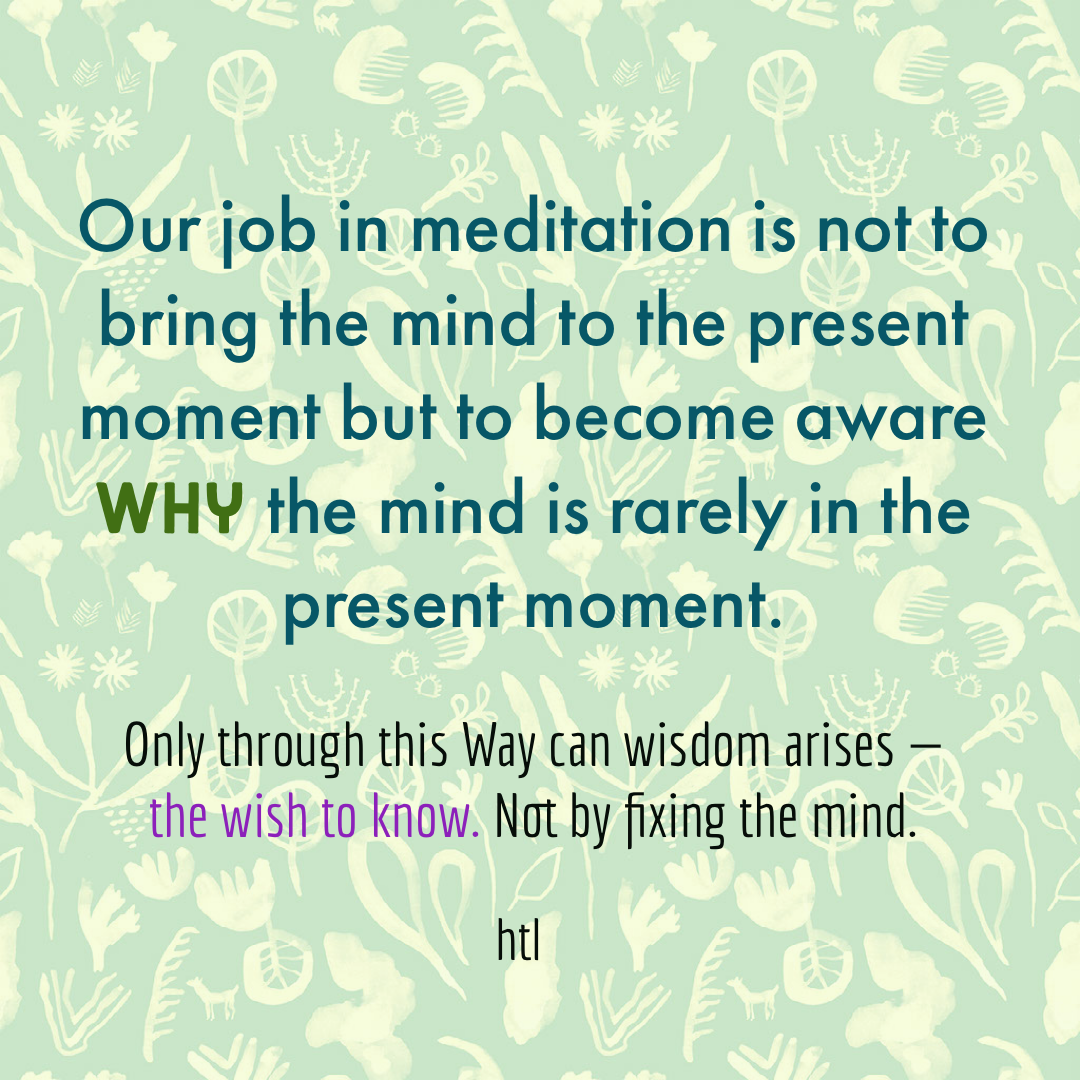
I have lately come to observe and conclude that ChatGPT, though a machine learning model, is programmed to be a wise learner rather than a follower learner, word by word. What does that mean? We will explore this distinction, as it is crucial when it comes to understanding the nature of learning, especially in meditation.
Whoever uses ChatGPT may, sooner or later, notice that it adapts to our communication. ChatGPT forms a kind of companionship, unique to what is being conversed, corrected, questioned, suggested, or even proposed. In other words, your ChatGPT is different from mine, as it is specially tailored to what we have interacted with and what it learns from us. It is an open-ended learning machine, not simply following instructions to deliver predefined data. This illustrates the concept of wise learning.
Wise Learning vs. Follower Learning
Wise learning and follower learning represent two distinct ways of processing information. Wise learning is flexible and adaptive—it interprets information based on context, continuously adjusting as new insights arise. Follower learning, in contrast, follows instructions without reflection, relying on repetition and adherence to fixed knowledge. It mimics what it is told, closing itself off from deeper understanding.
ChatGPT, through its interactions, exemplifies wise learning. It doesn’t merely follow commands mechanically but evolves based on the specific flow of communication. It engages with nuances—learning from corrections, refining its responses, and offering insights based on the interaction. This creates a personalized relationship with each user, as it responds uniquely to the individual’s input.
On the other hand, a follower learner would follow instructions blindly, without adaptation or deeper engagement. This rigid approach restricts understanding, leading to superficial learning that lacks depth and insight.
The Meditation Purpose
This distinction between wise learning and follower learning has profound implications for meditation practice. The mind, like a learner, can be trained either through follower learning—where it rigidly adheres to methods or dogma—or through wise learning, where it adapts to each moment with understanding.
In follower learning, the mind sticks to instructions without reflection, clinging to techniques or beliefs. It risks getting caught in surface-level practices, unable to transcend into deeper insight. The practitioner may follow a meditation method word by word but miss the underlying wisdom that leads to transformation.
In contrast, wise learning in meditation involves a dynamic and responsive approach. The meditator observes the movements of the mind, adapts to changing conditions, and responds with clarity. This flexibility allows for insight, as the meditator learns not merely to follow instructions but to understand the nature of their experience. Through wise learning, the practice becomes more than just technique; it evolves into a journey toward wisdom and understanding.
A useful example to illustrate the distinction between wise learning and follower learning can be found in the field of language. For a wise learner, the specific language or terms used to describe reality are not obstacles to understanding. Regardless of the words employed, a wise learner seeks to grasp the underlying meaning, extracting the essence beyond the surface. They understand that different terms may point to the same truth, and they navigate the nuances of language with openness and flexibility.
Obvious Distinction
In contrast, a follower learner often becomes fixated on specific terms or ideologies, unable to see beyond the literal words used. They may struggle to accept different expressions or concepts if they do not align with their familiar terminology. This rigid approach limits their ability to engage with alternative perspectives, as they are confined to their own fixed understanding.
I remember a story about my teacher’s first experience teaching in foreign countries. When he first encountered the word “God,” rather than rejecting it as something foreign to his own understanding, he recognized that it pointed to the same truth about nature that he had been teaching all along. Instead of disputing the term, he saw its essence, realizing that it was another way of expressing the same reality. This openness made his teachings inclusive, accessible to many, and universal rather than personal. His ability to see beyond words and focus on meaning enabled him to connect with a diverse audience, showing that wisdom transcends the limitations of language.
Investigation of Phenomenon
When it comes to Insight Meditation, dhamma-vicaya—often translated as the investigation of nature or phenomena—is an essential skill for a practitioner to cultivate deeper insights. This skill, however, is not found in the object of investigation itself but arises from the subjective experience of the mind. It is a skill rooted in wise learning, where the mind actively engages with the experience, seeking to reveal what lies beneath the surface. Objects, in themselves, do not reveal their nature; it is the skillful mind that uncovers what seems hidden from view.
To better illustrate this, consider the difference between a police officer and a detective arriving at a crime scene. Both observe the same physical environment, but their perspectives are shaped by what is in their minds. The police officer may record the obvious details, while the detective, with a trained eye and investigative mindset, discerns subtleties and patterns that others might overlook. Similarly, in Insight Meditation, it is the practitioner’s ability to investigate wisely—drawing on the mind’s understanding rather than relying solely on the object—that leads to deeper insights.
This analogy emphasizes that dhamma-vicaya is not about the object itself but about the mind’s skill in perceiving and uncovering the true nature of phenomena. In this way, wise learning becomes indispensable in meditation, as it sharpens the mind’s capacity to investigate and see beyond the surface of experience.
Understanding the Mind to Observe the Mind
In summary, if one wishes to gain insight into the deeper nature of things—particularly the mind, which is the closest object of investigation—one must be skillful in deciphering what is occurring moment by moment in relation to the mind. Put simply, there is no “moment to moment” without the mind. If this is so, then what are these moment-to-moment experiences revealing about the mind with which we are so deeply engaged?
If we lack the skill to notice this process, we risk relying on a construct or fabrication of the mind rather than recognizing it as such. In other words, without skillful awareness, the mind projects its interpretations onto experience, shaping a reality that may not reflect the true nature of what is happening. The key lies in developing the insight to distinguish between the mind’s fabrications and the direct observation of phenomena as they are.
The key lies in developing the insight to recognize the mind’s fabrications and to carefully investigate what appears to be direct observation of phenomena. However, even what we perceive as “observing phenomena as they are” can be subtly influenced by the mind’s fabrications. Without skillful investigation, the mind may deceive us, overlaying interpretations and assumptions onto our experience, causing us to mistake fabrications for reality. Thus, the practice requires not only awareness but a deepening skill to see through these subtle layers of illusion created by the mind itself.


